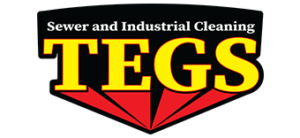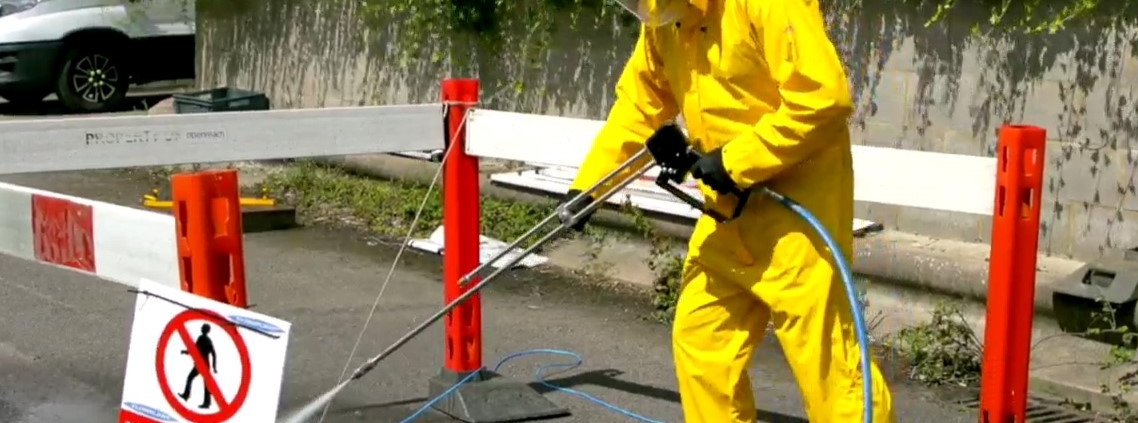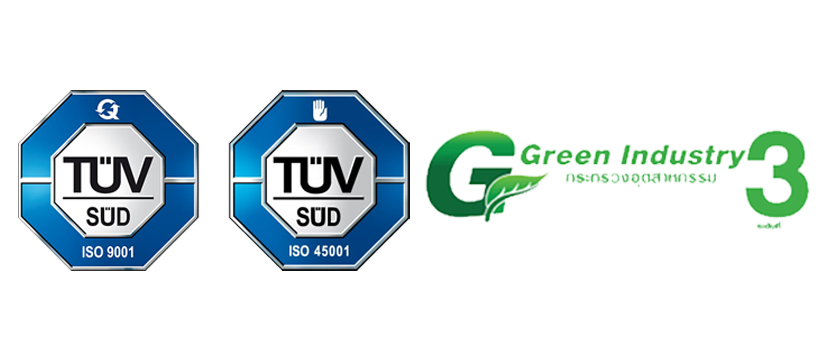5 Safety Tips When Using a Water Jet Cleaning Service
Water jet cleaning is a highly effective method of eliminating dirt, grime, and other contaminants from surfaces. This cleaning method uses a high-pressure water stream to blast away dirt and debris, making it ideal for cleaning surfaces that are difficult to clean using traditional methods.
Which Situations Call for Water Jet Cleaning?
Water jet cleaning is typically used to clean and remove hard-to-reach dirt and contaminants from surfaces such as concrete, tile, metal, and stone. It is also often used to clean heavy machinery, large areas, and heavy-duty equipment.
High-pressure water jets are effective at getting rid of stubborn contaminants, but like any cleaning process, water jet cleaning poses some potential hazards to the user. This article will discuss five safety tips to remember when using a water jet cleaning service.
1. Wear Proper Protective Equipment
Water jet cleaning involves high-pressure water streams, which can be dangerous if they come into contact with your skin. Therefore, it is essential to wear proper protective equipment to prevent injuries.
The equipment should include safety goggles, gloves, and a full-body suit. The goggles protect your eyes from water and debris, while the gloves and suit protect your skin from the high-pressure water stream. It’s also essential to wear non-slip shoes to prevent slipping on wet surfaces.
2. Follow the Manufacturer’s Instructions
Water jet cleaning equipment comes with specific instructions from the manufacturer on how to use the equipment safely. It’s essential to read and follow these instructions to prevent accidents.
The instructions will provide information on how to operate the equipment safely, including how to set the water pressure and handle the nozzle. It’s also essential to follow the manufacturer’s recommended maintenance schedule to ensure the equipment is in good working condition.
3. Keep a Safe Distance
When using a water jet cleaning service, keeping a safe distance from the surface being cleaned is important. The high-pressure water stream can cause serious injuries if it hits your skin. Therefore, it’s essential to use the equipment from a safe distance. The recommended distance will be specified in the manufacturer’s instructions. It’s also important to ensure no one is in the line of fire when using the equipment.
4. Avoid Electrical Hazards
Water jet cleaning involves the use of water, which can conduct electricity. Therefore, it’s essential to avoid electrical hazards when using the equipment. Ensure the electrical outlets are dry and the equipment is properly grounded. It’s also essential to avoid using the equipment near electrical wires or outlets. If you need to clean an area near an electrical source, turn off the power before cleaning.
5. Dispose of Waste Properly
Water jet cleaning can generate a lot of waste, including debris and contaminated water. It’s important to dispose of this waste properly to prevent environmental contamination. The waste should be collected and disposed of following local regulations. Avoiding waste disposal in storm drains is also important, as this can lead to water pollution.
Conclusion
Water jet cleaning is an effective way to clean surfaces but can pose some safety hazards if not used correctly. By following these safety tips, you can ensure that you use the equipment safely and effectively. Remember to wear proper protective equipment, follow the manufacturer’s instructions, keep a safe distance, avoid electrical hazards, and dispose of waste properly. With these safety tips in mind, you can enjoy the benefits of water jet cleaning without putting yourself or others at risk.
At TEGS Thailand, we believe in providing the highest quality of water jet cleaning services. Our experienced technicians are committed to helping you clean your surfaces safely and effectively. Contact us today and let us show you how our water jet cleaning services can make your industrial equipment and facilities good as new.





Leave a Reply
Want to join the discussion?Feel free to contribute!